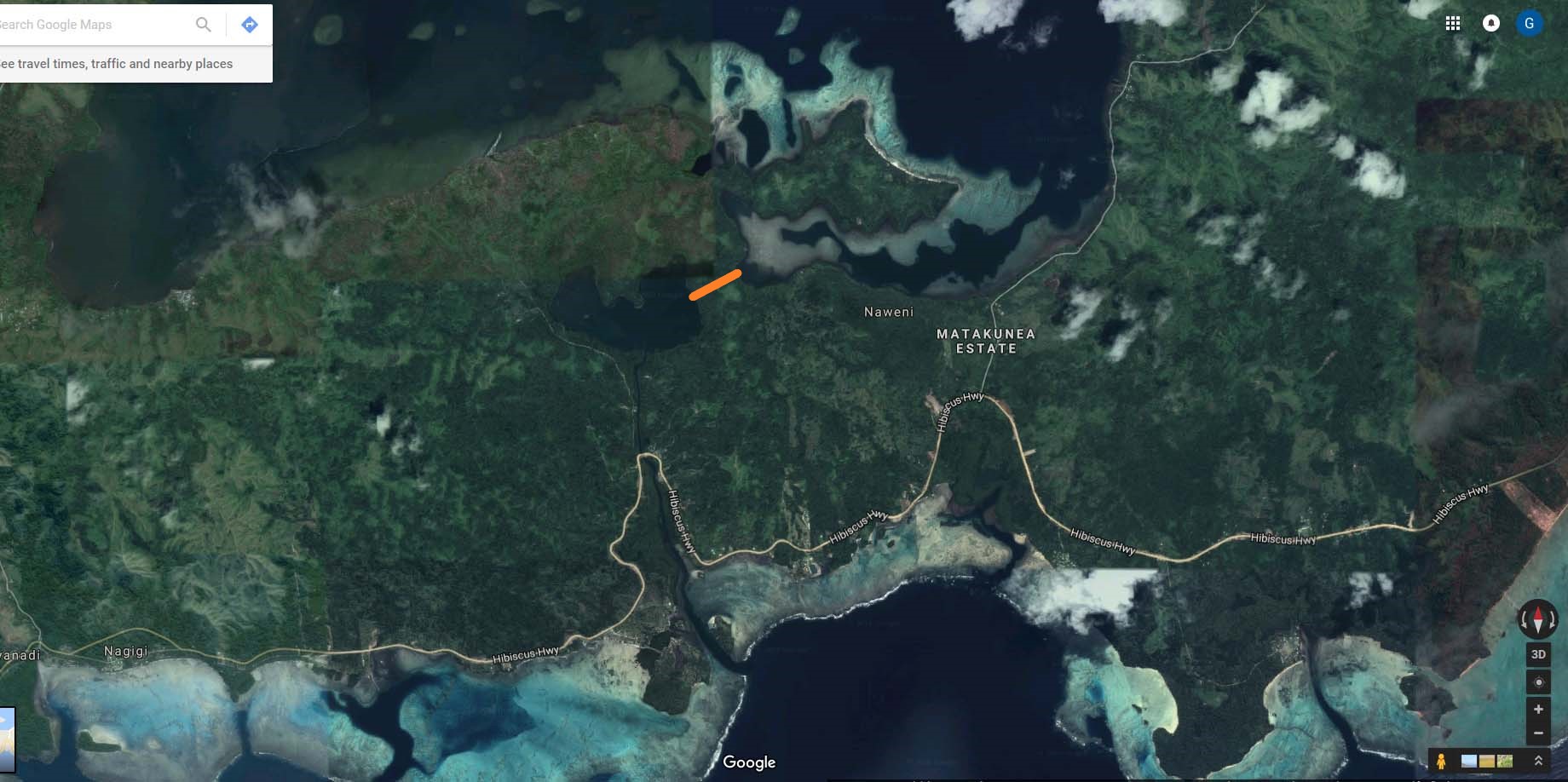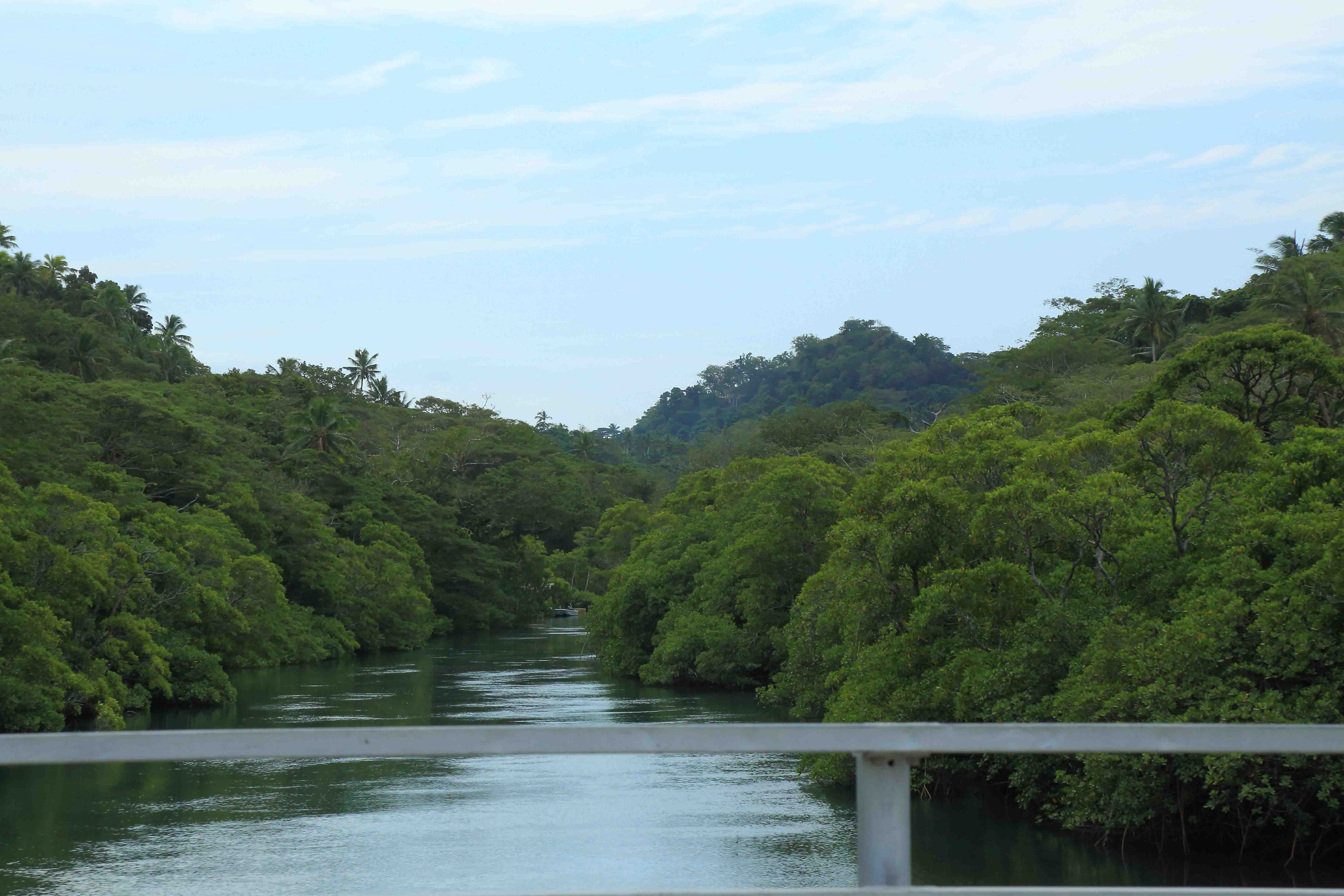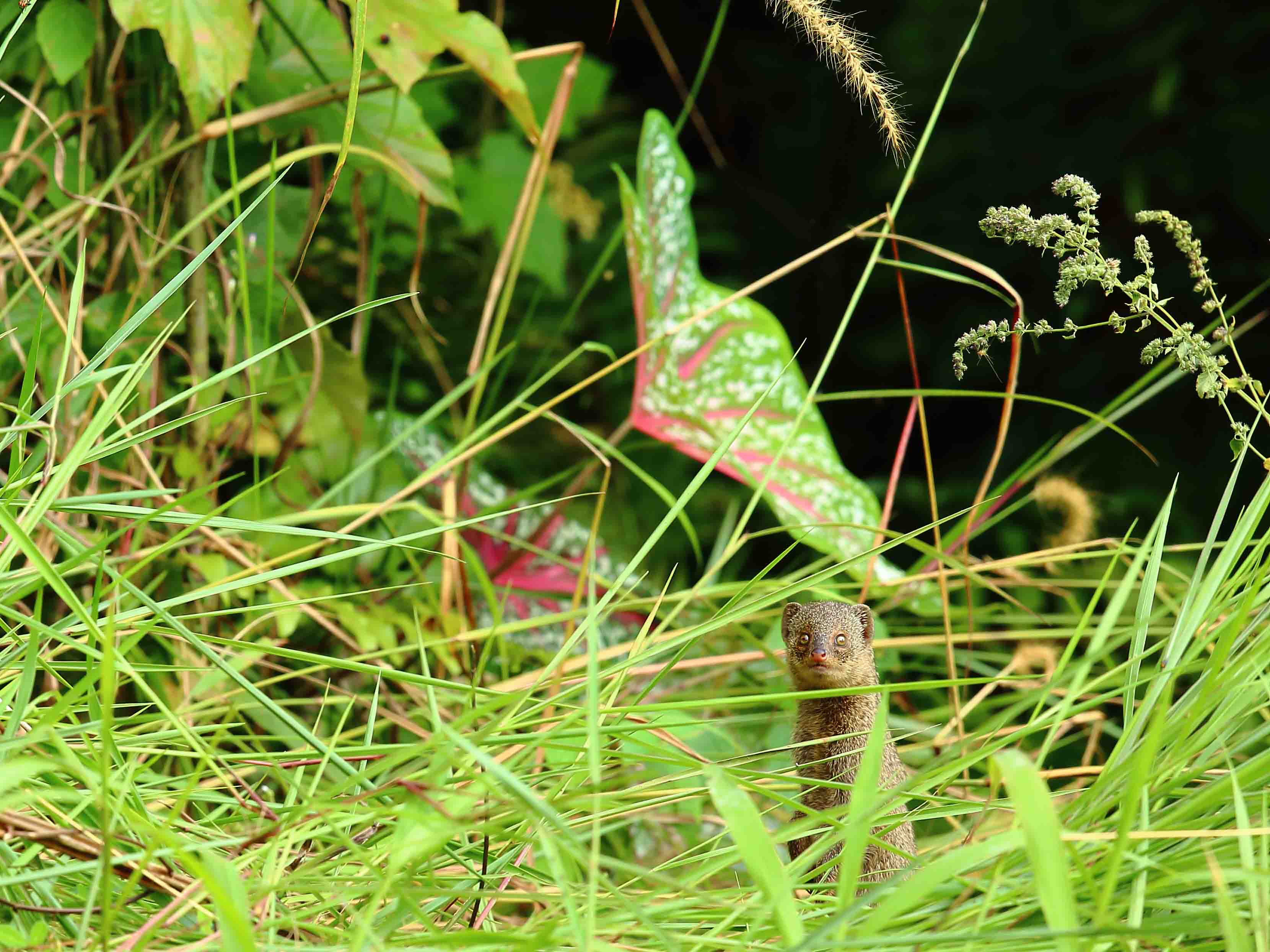A step outside the region into Oceania… Part 2 – What to do about the small Indian mongoose on the Natewa Peninsula of Fiji?
European settlement of Fiji started a wave of change with long term impacts on the regions biodiversity. Introduced to control rats the omnivorous small Indian mongoose placed natural ecosystems under intense sustained pressure. Effective mongoose control across Natewa Peninsula underpins local initiatives to recognise local biodiversity values, restore ecological integrity, protect threatened endemic species and develop ecotourism potential.
While Fiji overall is classified as an upper middle income country under IUCN categories the socio-economic status of Natewa communities could not be more different. The UNDP Community Development and Knowledge Management for the Satoyama Initiative (COMDEKS) project which aims to fund socioeconomically disadvantaged communities to live more in harmony with nature, identified the Natewa Peninsula as a high priority area. A 2018 COMDEKS report describes a population with 97.8% indigenous Fijians. A 2009 study showed 62% of the population were below the poverty line, with most households being multi-generational, with three or four generations living together.
This isolated impoverished area retains important natural values including extensive forest and unique threatened and endemic fauna. The local communities seek to obtain economic benefit from developing Fiji’s first large National Park. Despite the relatively high faunal diversity and great potential for ecotourism associated with attractive endemic species, the abundance of many of these species and the wider faunal community is low. This limits potential for ecotourism through making problematic the likelihood of regularly encountering species. Under these conditions it would, for example, be difficult to run an effective guide program and associated accommodation and supporting industries will not be economically viable. As for most LEDC’s, the Natewa community faces stark choices with-respect-to their forests: they either continue developing land for cash crops OR enhance ecotourism opportunities and protect the land in the form of a National Park. Removal of the small Indian mongoose from Natewa Peninsula to enhance biodiversity is fundamental to achieving this aim.
How then does one remove between 175,000 and 400,000 mongooses spread across the rugged, steep, rain-forested, wet and slippery 700 km2 Natewa Peninsula?
Nature Glenelg Trust is working with Operation Wallacea and the Nambu Conservation Trust to develop and fund a program that will achieve this.

The volcanic ranges present a challenge to movement, but the Fijians move through this country with relative ease
The mountainous 50 km long Natewa Peninsula starts as narrow low isthmus providing the ideal location for construction of a mongoose proof fence. Across it a deep tidal Salt Creek flows north/south to/from a northern Salt Lake near Natewa Bay. One road (Hibiscus Highway) crosses the isthmus.

A tidal creek and salt lake provide a barrier to movement across most of the isthmus. This leaves only a 500 m wide area to be fenced to stop mongoose movement onto the Peninsula
Despite being able to swim, mongooses don’t enter water more than 5 cm deep (Owen 2017). Construction of a mongoose proof fence effectively turns the 705 km2 Peninsula into an island.

The deep, tidal Salt Creek presents a significant barrier to movement of mongooses onto the Natewa Peninsula
Based on research (e.g. Owen 2017) trap densities of one/two hectares across all terrain/vegetation types are needed to place a trap in each mongoose home range. This may need to be increased to one/hectare in and around villages. Combined challenges of traversing dense vegetation types and extremely steep/rugged topography to set and collect traps means that highly skilled, literate, fit and wilderness-savvy Natewa locals will need to be employed over three years. Studies demonstrate efficacy of lethal over live capture traps for small Indian mongoose (Nishimoto 2011, Peter et al. 2011). In Fiji, Brown and Daigneault (2015) found that monetized benefits of kill trapping exceed benefits of live trapping and hunting. Consequently, live capture traps weren’t considered. Pollock and Hairston (2013 ) found mongoose don’t demonstrate trap preference among different trap types meaning selection of traps can be based on consideration of efficiencies such as weight. Traps need to be light weight, easily transported and capable of repeated operation between installation and collection. A New Zealand company, ‘GoodNature’, produces such traps (A24 self-resetting traps), currently being used successfully in Hawaii to control small Indian mongoose.
Mongooses are attracted to traps by long-life lures. Animals enter traps for bait, are killed ethically by lethal force rather than toxins, fall from the trap, which immediately resets. This is repeatable 24 times per CO2 canister. Importantly off target impacts are minimised.
To trap the Peninsula, a 40-week program has been developed using two field teams (ten people each), with a manager to plan and coordinate activities. Prior to the program a two-week training course will develop efficiency in such areas as trap operation and maintenance, GPS operation, first aid and safety, data recording, field operations and UHF radio use. From May the combined teams will trap approximately 20 km2/week. Using GPS’s, team1 works ten parallel transects 200m apart, line abreast, placing traps every 100m. Each person sets 100 traps along 10 kilometres of transect in four/five days, leaving them to collect in seven days (i.e. the next week). Team2 lays traps across an adjacent 20 km2 area. This requires 2000 traps@NZ$150 each. Each team continues leapfrogging the other from east to west across the landscape to the isthmus. This program will be repeated over three successive years.
Research all over the world shows clearly that bounty programs don’t work in removing pest species as it is very difficult to achieve ongoing effort when the densities of animals drop. Overcoming this giving up density is too hard so an alternative approach was needed. While some community members trap and eat the mongoose, most see them as an unwanted pest. In order to make this program effective we need to provide employment to the region, economic benefit and have the support of the entire community across the Peninsula. A consultation process has been undertaken to determine if the Natewa community supports this program. Importantly Natewa mataqali chiefs have discussed the proposal and voted to support it.
Such a project is not a small undertaking and the level of financial support needed is high, but the benefits to the community and the local biodiversity can be expected to be significant. A monitoring program will be needed to ensure that the removal of the mongoose from the region does not result in some unanticipated perverse outcome.
A series of grant applications and community negotiations are now underway…



